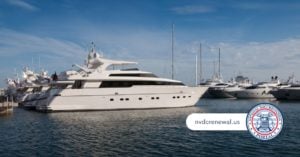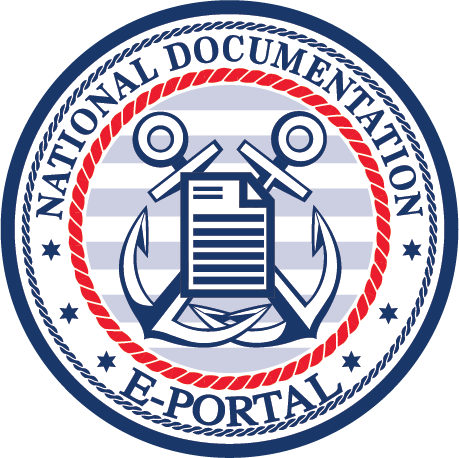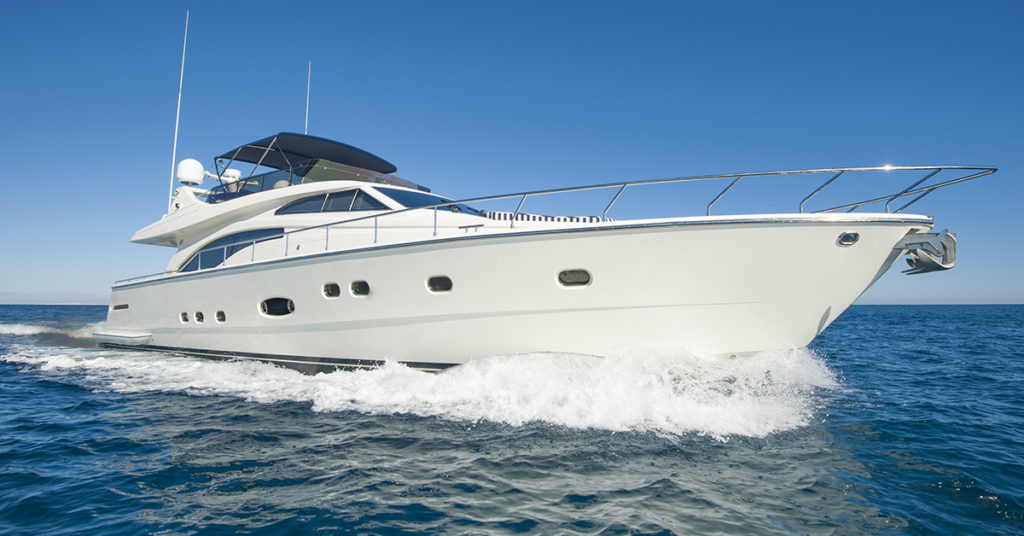When vessel owners begin researching US Coast Guard documentation info, one of the first questions they ask is whether their boat needs to be documented. The answer depends on the vessel’s size, purpose, and how it will be used. At the National Documentation Portal, we help clarify these requirements and provide a secure, easy-to-use online system that makes completing and submitting USCG forms simple.

So, What Vessels Have to Be Documented?
USCG documentation is required for vessels that measure at least five net tons and are used in certain commercial activities, such as transporting goods or passengers. “Net tons” is a measurement of volume, not weight, and most vessels over 25 feet in length meet the five-net-ton threshold. If your vessel is used for commercial purposes and meets this size requirement, it must be documented.
Recreational vessels that meet the size threshold may choose to be documented voluntarily. Some owners prefer federal documentation because it serves as a national registration that is valid across state lines. It can also make it easier to travel internationally, obtain financing, or prove ownership in a clear and standardized way.
We make it easier for both new and experienced vessel owners to determine eligibility, complete the necessary forms, and keep their documentation current—all through our online portal.
Choosing the Right Endorsement for Your Vessel
One of the most important aspects of USCG documentation is selecting the correct endorsement. Endorsements indicate the specific activity or purpose your vessel is authorized for under federal documentation. The four main types of endorsements include:
- Recreational: For vessels used exclusively for personal leisure and non-commercial purposes. This is the most common endorsement for private vessel owners.
- Coastwise: Required for vessels that transport passengers or goods between U.S. ports or operate as commercial charters.
- Fishery: Used for vessels involved in commercial fishing operations within U.S. waters or the EEZ (Exclusive Economic Zone).
- Registry: Reserved for vessels engaged in foreign trade or operating under a U.S. flag abroad.
Each endorsement comes with its own requirements and legal implications. At the National Documentation Portal, we help you choose the correct endorsement based on your vessel’s current and intended use. Our site includes detailed explanations of each option, so you can make informed decisions without second-guessing.
If you ever need to change your vessel’s endorsement—such as switching from a coastwise to recreational status—we also offer a convenient way to process that request without starting over from scratch.
When and How to Renew Your Vessel Documentation
After a vessel is successfully documented, the Certificate of Documentation is valid for one year from the date of issue. To maintain compliance, vessel owners must renew their documentation annually. Fortunately, our portal streamlines this process by offering early renewal options, reminders, and even multi-year renewals for certain qualifying vessels.
For recreational vessels, the U.S. Coast Guard allows renewal for up to five years at a time. If your vessel qualifies, this means fewer forms, fewer deadlines, and a more predictable ownership experience. We make it easy to choose a multi-year option during the renewal process through our platform.
Our renewal service is designed to minimize errors that could lead to delays or rejections. The National Documentation Portal reviews your renewal submission before forwarding it to the USCG, reducing the chance that your documentation lapses due to incomplete or incorrect information. We also offer rush processing too, in case you need to expedite the process.
How Long Documentation Lasts and What to Do When Circumstances Change
Your Certificate of Documentation reflects your vessel’s legal status, ownership, and hailing port. If any of those details change—whether you’re selling the vessel, changing the vessel’s name, or adjusting the hailing port—you must inform the USCG and file the appropriate forms.
If you’re transferring ownership, the process requires a formal submission of the Transfer/Exchange form.
Similarly, if your documentation has lapsed and needs to be restored, you’ll need to submit a reinstatement. We offer all of these services directly through our portal, with easy-to-follow steps and support throughout the process.
For every one of these situations, we help ensure your information is accurate and complete before it’s submitted. Our portal offers a much more accessible and user-friendly alternative to paper-based or confusing online processes.
Where to Turn for Accurate US Coast Guard Documentation Info
Why the National Documentation Portal Is a Trusted Resource
When you search for information about United States Coast Guard documentation, it’s all too easy to end up in a maze of conflicting advice and outdated instructions. That’s why we’ve built our site to serve as a reliable, centralized source for everything related to federal vessel documentation.
Whether you’re looking to register your vessel for the first time, renew an existing certificate, transfer ownership, or verify your documentation status, our portal offers the tools you need—clearly laid out and easy to understand.
Our site is not just about access to forms. It’s about giving you a complete system for managing your vessel’s legal standing, from the moment it becomes eligible for documentation to the day it’s sold or retired from use. With detailed guides, live form reviews, and support across all major documentation actions, we’ve made it easier than ever for boat owners to stay in compliance with USCG rules.
For trusted, up-to-date help with all of your federal vessel paperwork, you can rely on us. We’re here to provide the US Coast Guard documentation info you need, when you need it, in a way that makes sense.

